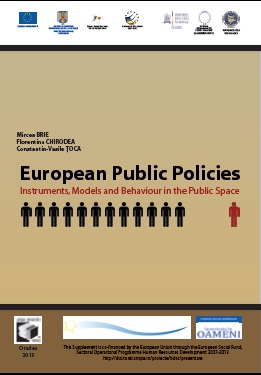THE EFFECTS OF THE 2008 ROMANIAN ELECTORAL SYSTEM ON CANDIDATE BEHAVIOUR. EVIDENCE FROM THE LAB
THE EFFECTS OF THE 2008 ROMANIAN ELECTORAL SYSTEM ON CANDIDATE BEHAVIOUR. EVIDENCE FROM THE LAB
Author(s): Andra-Maria RoescuSubject(s): Politics / Political Sciences
Published by: Editura Universitatii din Oradea
Keywords: Romanian electoral system; electoral studies; lab experiments; voting rules
Summary/Abstract: The purpose of this study is to analyse the probability a candidate has of winning a seat on the proportional tier of the new mixed-member Romanian electoral system, as an intermediary step in studying entry decisions making. Given that the entry decision is based on the probability of winning, the benefits of office and the costs of entry (Cox 1997), I argue it is necessary to first define the probability of winning under the new system before moving on to wider questions as the one of entry. The reason why probability is so difficult to define under the new system is the complexity of the seat distribution. If candidates did not get to run in a safe single member district (SMD) where they would most likely get the majority of votes, then they have to enter this complex distribution process which takes account of multiple factors including aggregate party results, characteristics of the SMD and counter-candidate results. Thus, at this level intra and interparty competition coexist and determine a candidate‘s chances of winning a seat. Furthermore, because SMD characteristics also enter the equation, running in one SMD or another also contributes to the chances of success of the individual candidate Therefore, the study first looks to define viable SMDs for the proportional tier for particular candidates and then to determine the extent to which candidates are actually able to identify these SMD and choose them if given the chance. As the system has only been applied twice, in 2008 and 2012, and thus few data are available, in order to analyse these aspects, I use laboratory experiments to simulate elections in a mixed-member district (MMD) with 5 SMDs, where 3 parties with 5 candidates each run for office. In order to identify the effects of the new electoral system on the candidates‘ chances, I contrast the findings against results under the plurality voting rule, using the same setting.
Journal: Analele Universităţii din Oradea. Relaţii Internationale şi Studii Europene (RISE)
- Issue Year: 5/2013
- Issue No: Suppl.
- Page Range: 315-332
- Page Count: 18
- Language: English
- Content File-PDF

